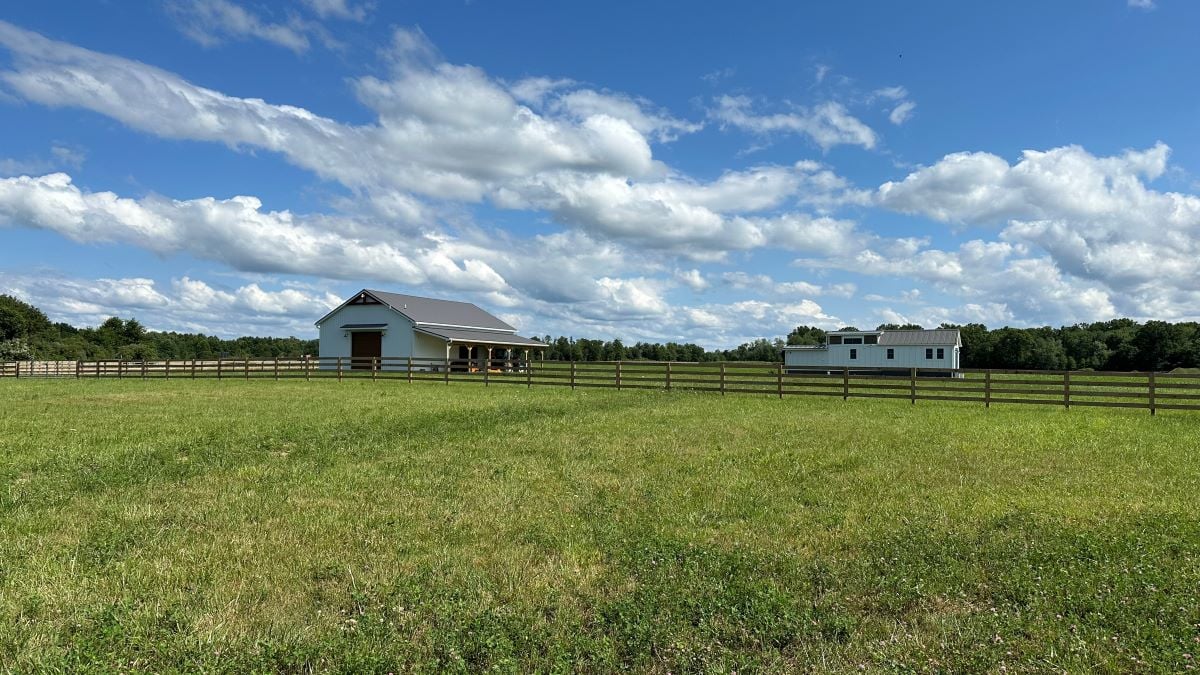Legal with Leah: Corporate Transparency Act filing requirements paused
The requirement for businesses that are registered with their state to file information about beneficial owners with the Financial Crimes Enforcement Network has been paused.
Read More




































